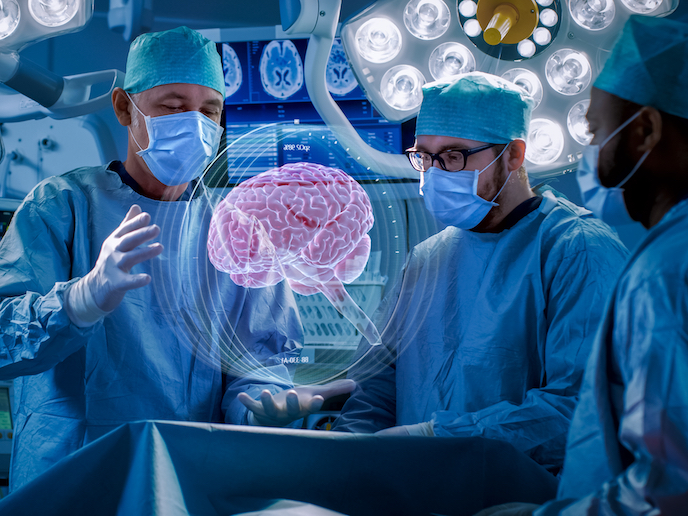Simulations help us understand how the brain works
The human brain is remarkably complex. Although it consists of 86 billion neurons, with 150 trillion connections running between them, the brain runs on as little energy as it takes to light your typical LED light bulb. But don’t let its energy efficiency fool you. “The brain contains so much information that even with the power of all available data centres in the world it would be impossible to simulate just one person’s brain at the molecular level,” says Petra Ritter(opens in new window), the director of the Brain Simulation Section(opens in new window) at Charité – Universitätsmedizin Berlin(opens in new window). “Even if creating such a simulation were physically possible, it would consume an enormous amount of energy.” With the support of the BrainModes project, Ritter and the Brain Simulation Section set out to develop a more efficient way of simulating the brain. “Brain simulation helps us understand how our brain works and develop personalised therapies for treating brain-related diseases,” adds Ritter.
The virtual brain
The BrainModes concept utilises individual imaging data, the type of information collected via magnetic resonance imaging (MRI), positron emission tomography (PET), electroencephalograms (EEGs), and magnetoencephalography (MEG), to create digital copies of a person’s brain. “These personalised computation brain models, which we call virtual brains, allow users to infer multiscale mechanisms of brain function,” explains Ritter. For example, during the project, researchers demonstrated how multiscale neural mechanisms can be inferred using brain network modelling. The project also expanded The Virtual Brain(opens in new window), an online platform that lets health researchers easily create brain simulations, to include the ability to simulate the brain at different degrees of detail. This multiscale, co-simulation tool is now available via EBRAINS(opens in new window). Because these simulation tools utilise patient data and exist in the cloud, researchers had to ensure that the tools complied with the General Data Protection Regulation (GDPR). “Using end-to-end encryption, access control, and sandboxing, we are not only GDPR-compliant, but all uploaded data is completely safe and protected,” notes Ritter. Building on BrainModes’ data protection component, Ritter is currently leading the EU-funded VirtualBrainCloud project, which aims to build a secure cloud research infrastructure for complex simulations that use health data.
The holy grail of neuroscience
The BrainModes project, which received funding from the European Research Council(opens in new window), succeeded at inferring – for the first time – complex principles of brain function using personalised, multiscale brain simulations. “Simulating the human brain is the holy grail of neuroscience – offering a pioneering tool for understanding how our brain works and how to deal with disorders like stroke and epilepsy or such neurodegenerative diseases as Alzheimer’s and Parkinson’s,” says Ritter. All the tools and software developed during the project are now available to other researchers. “The project’s legacy is the work being done by the research community using the simulation tools we built and validated,” concludes Ritter. “Soon, we hope to see these same tools being used in clinical practice – where they will have a positive impact on patient health and well-being.”







